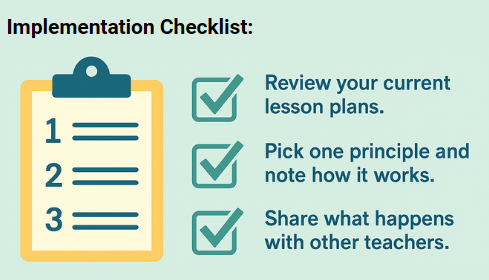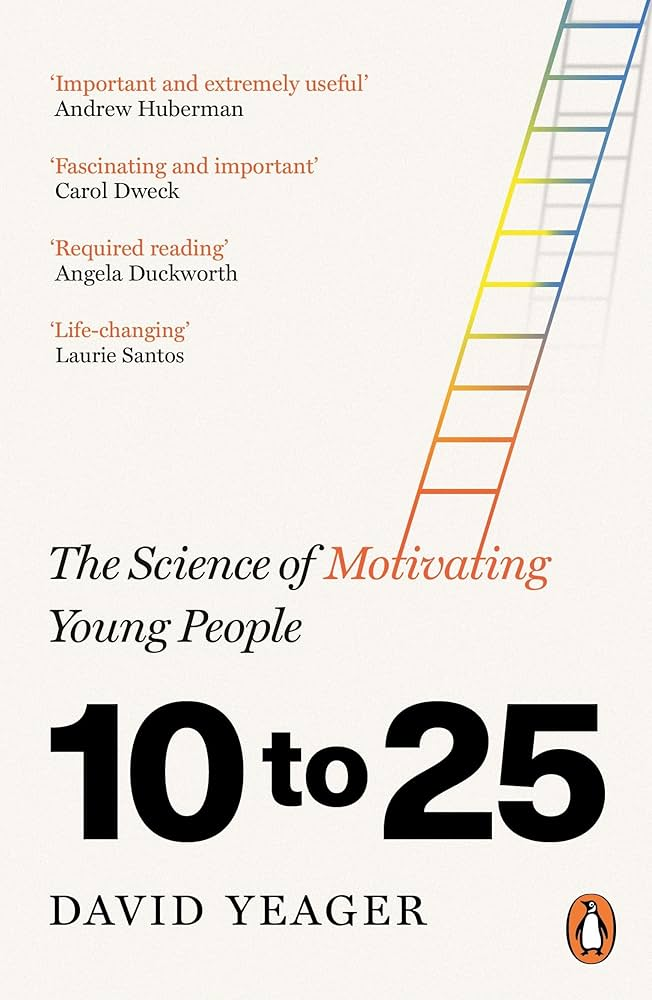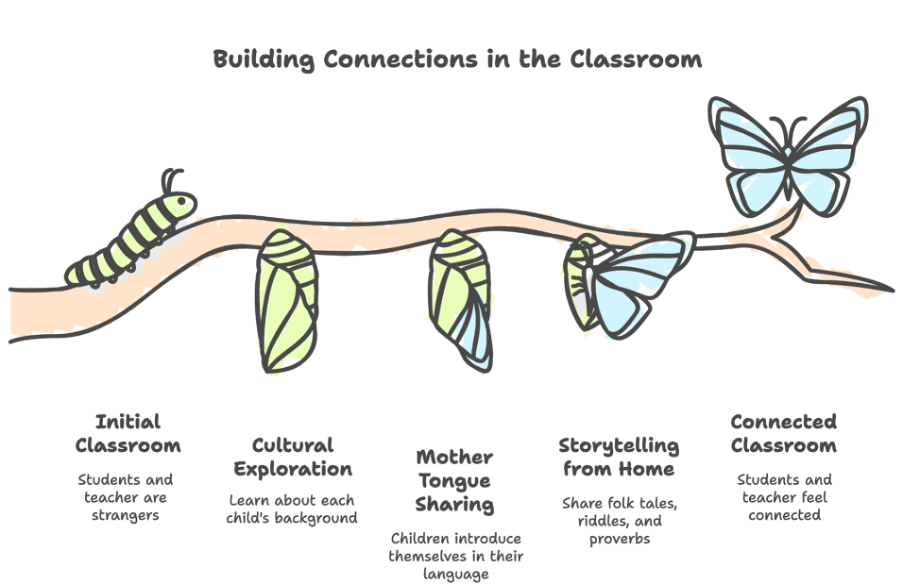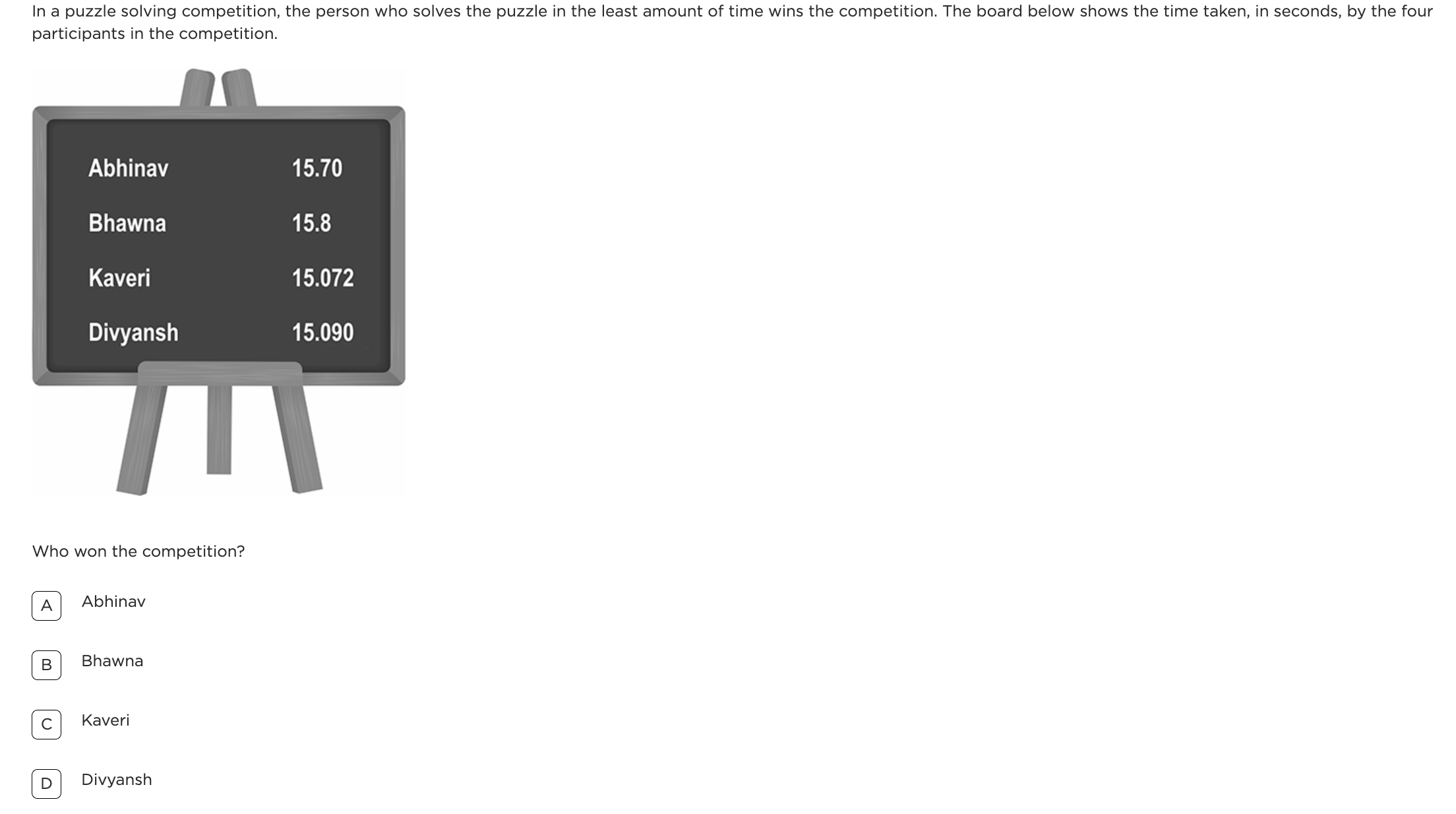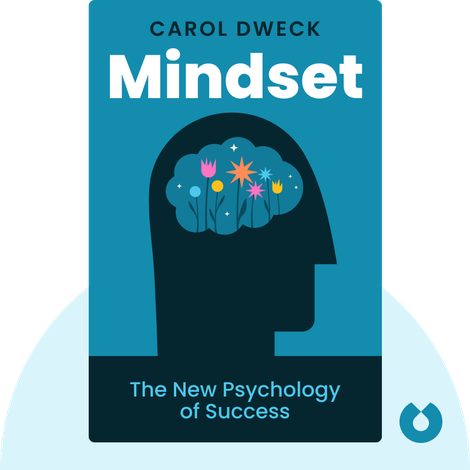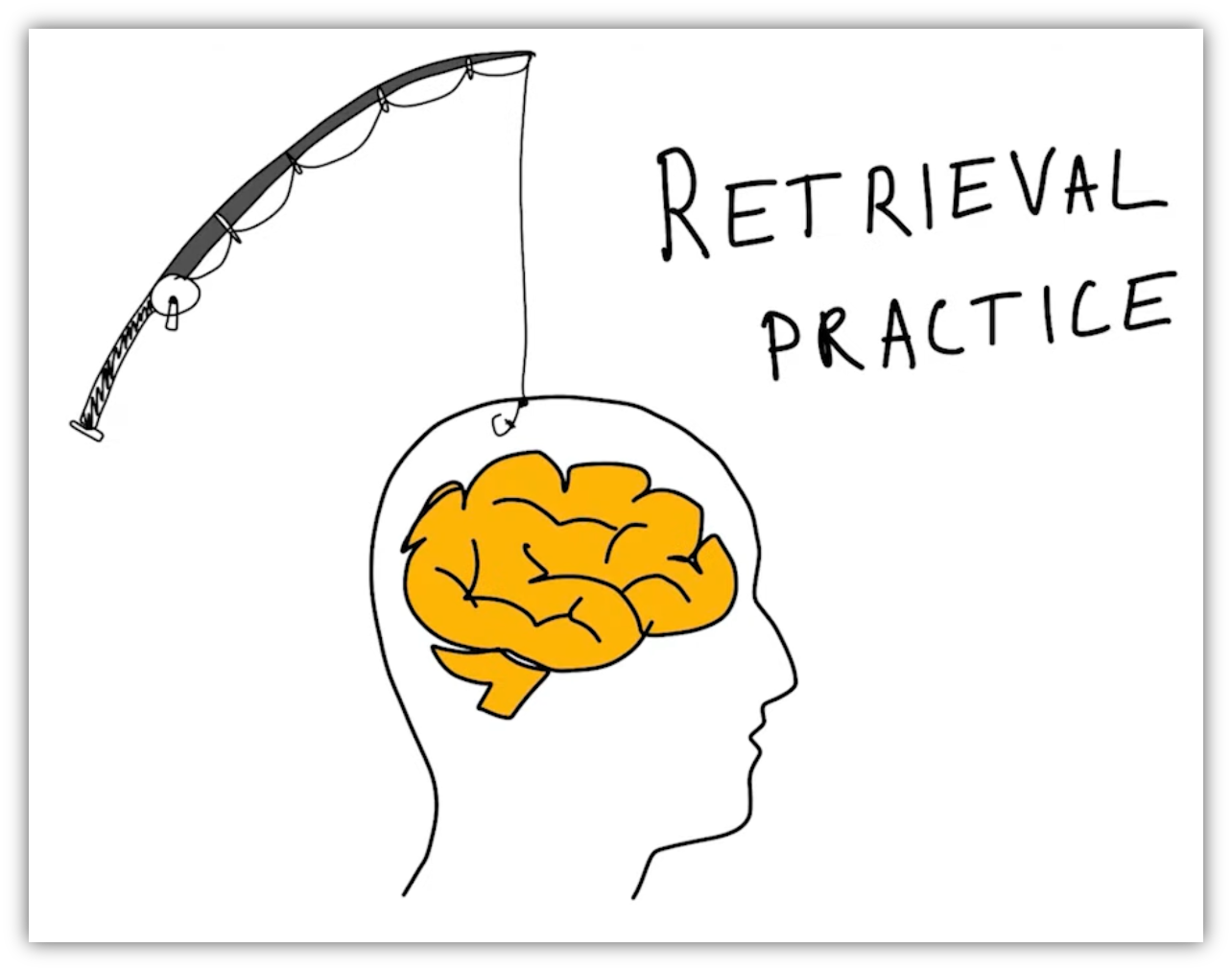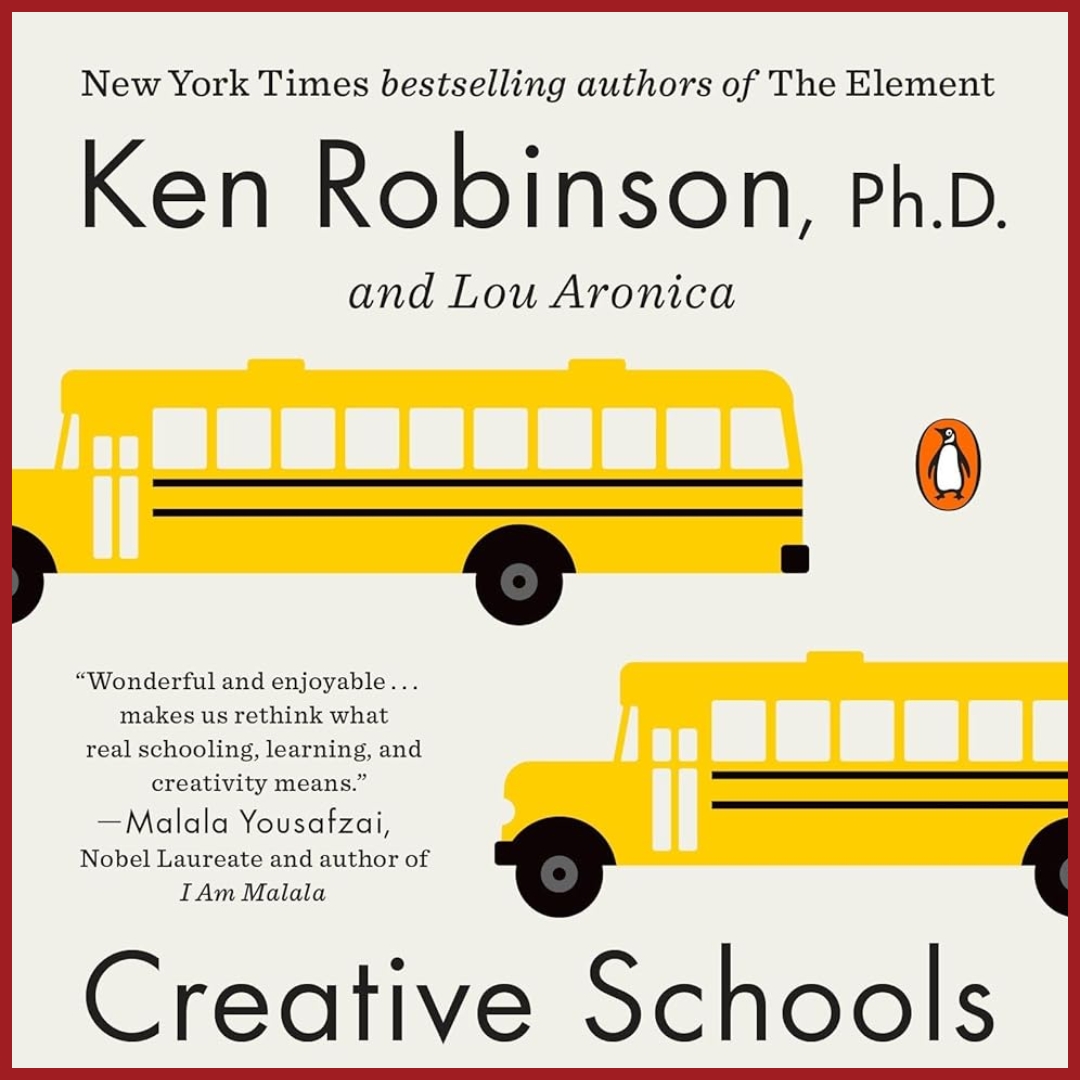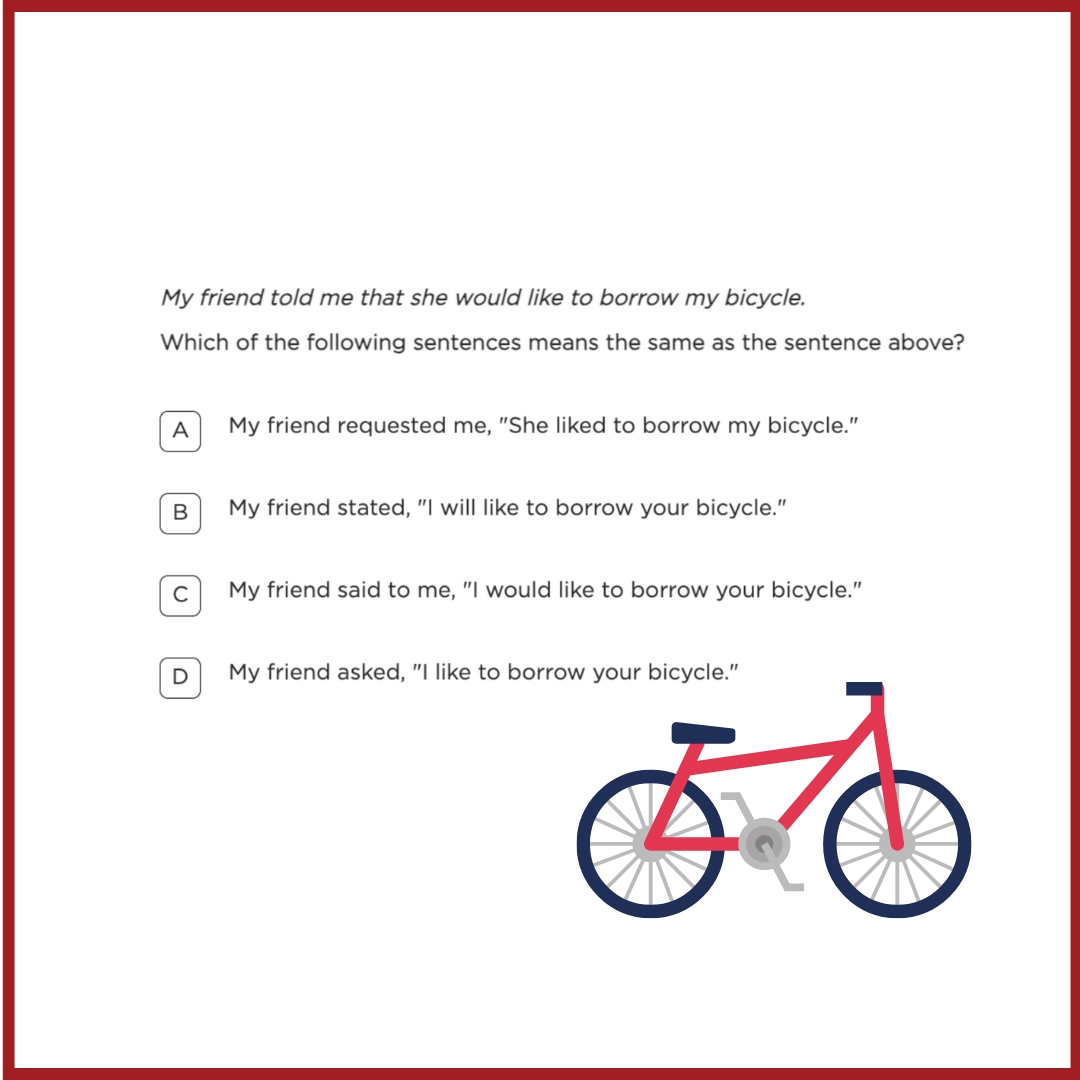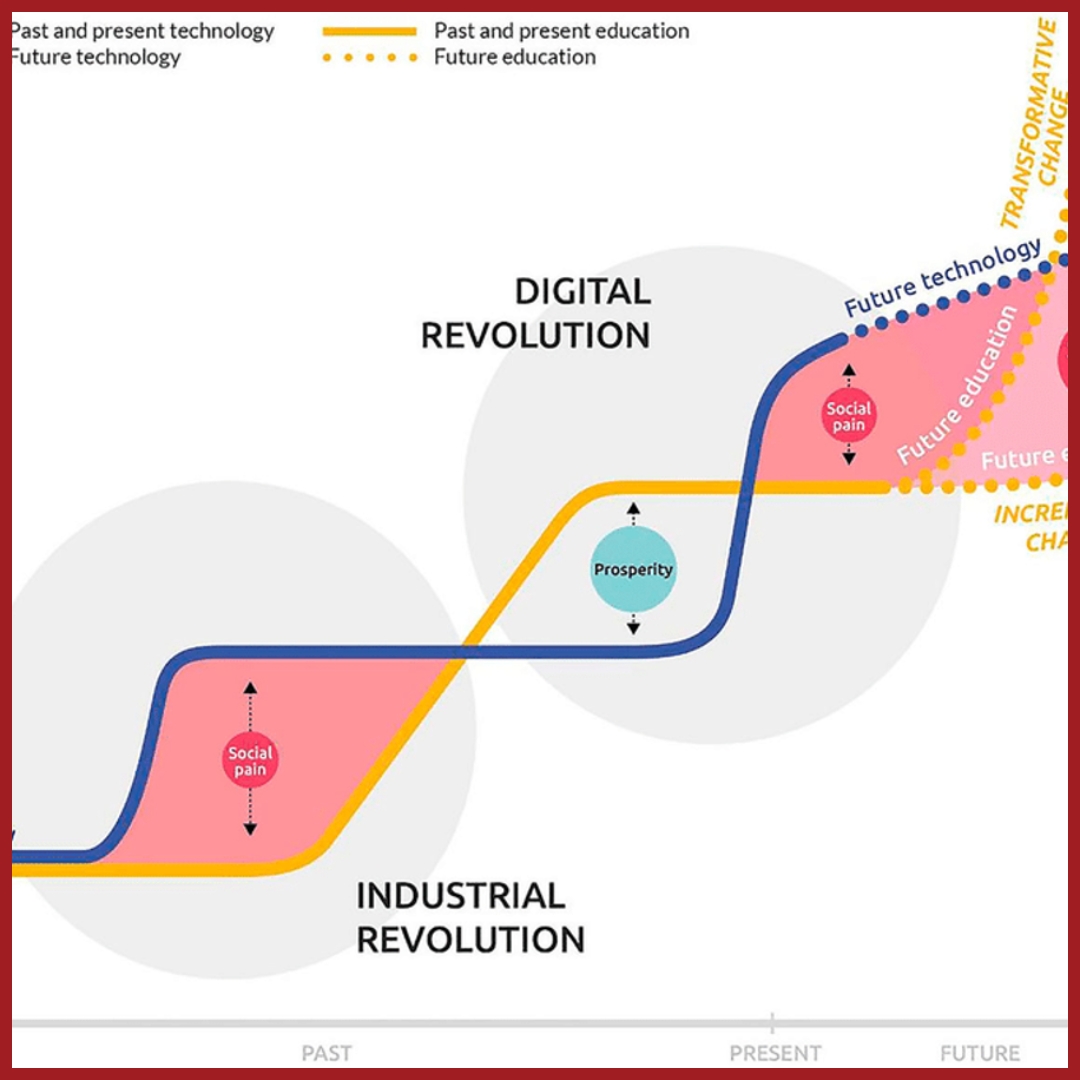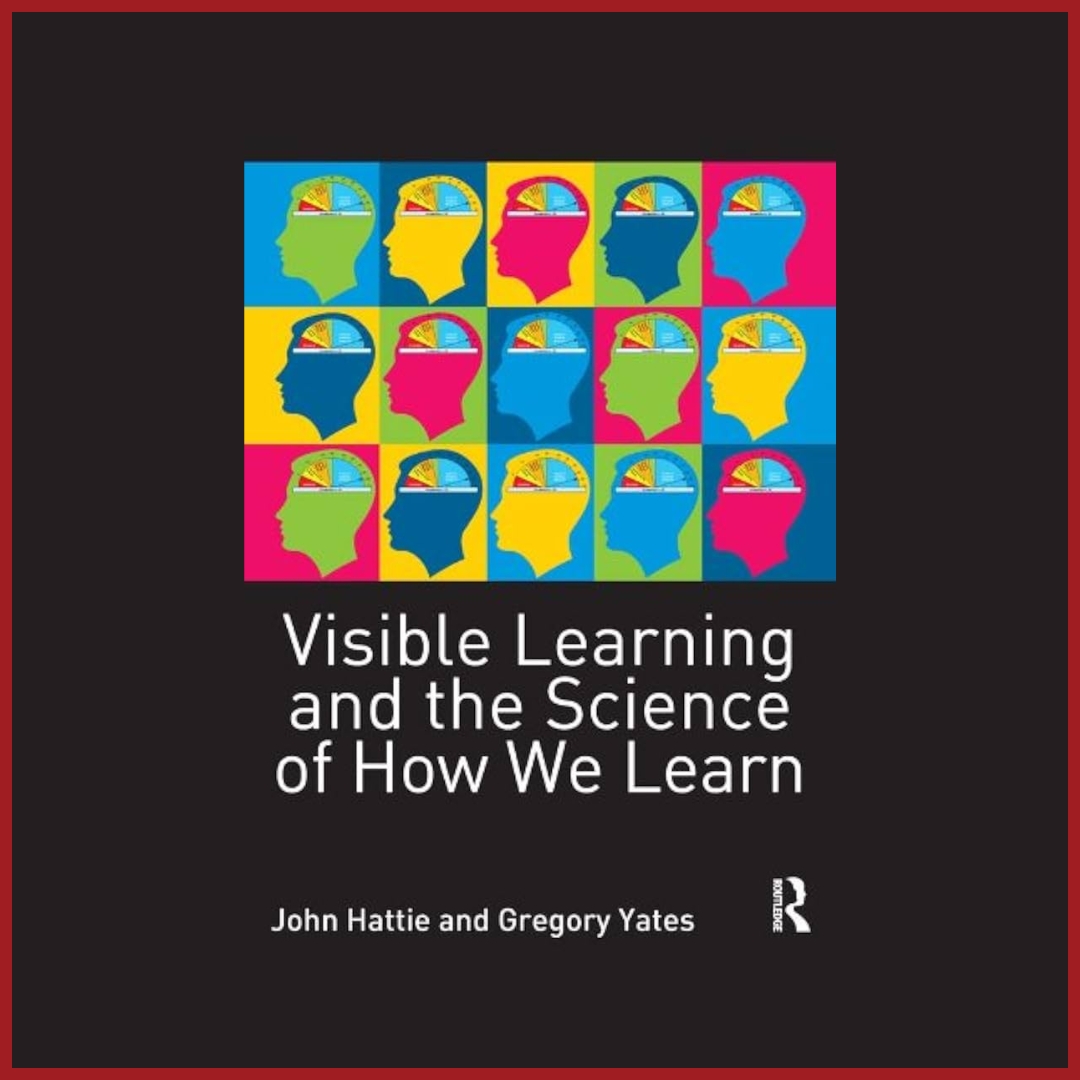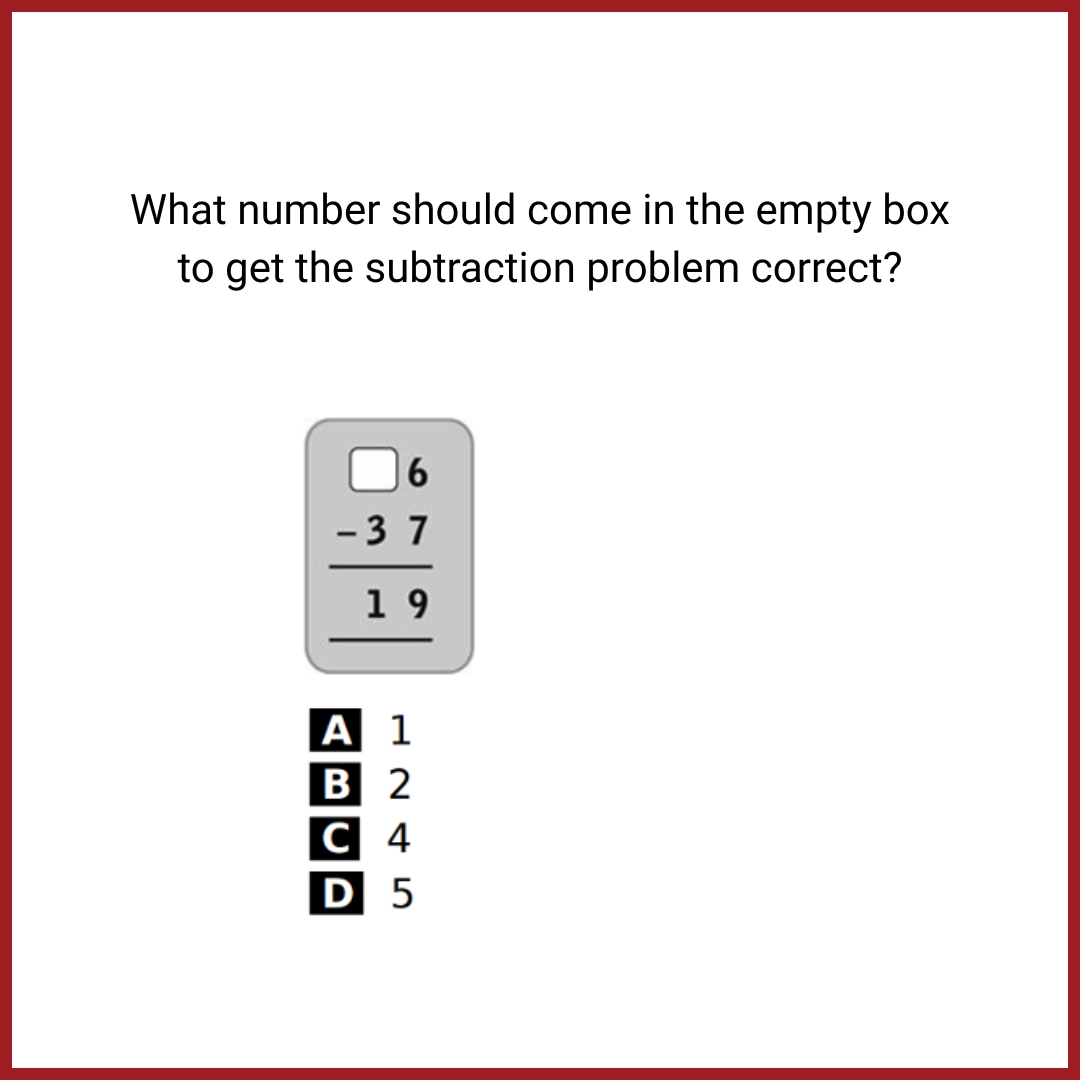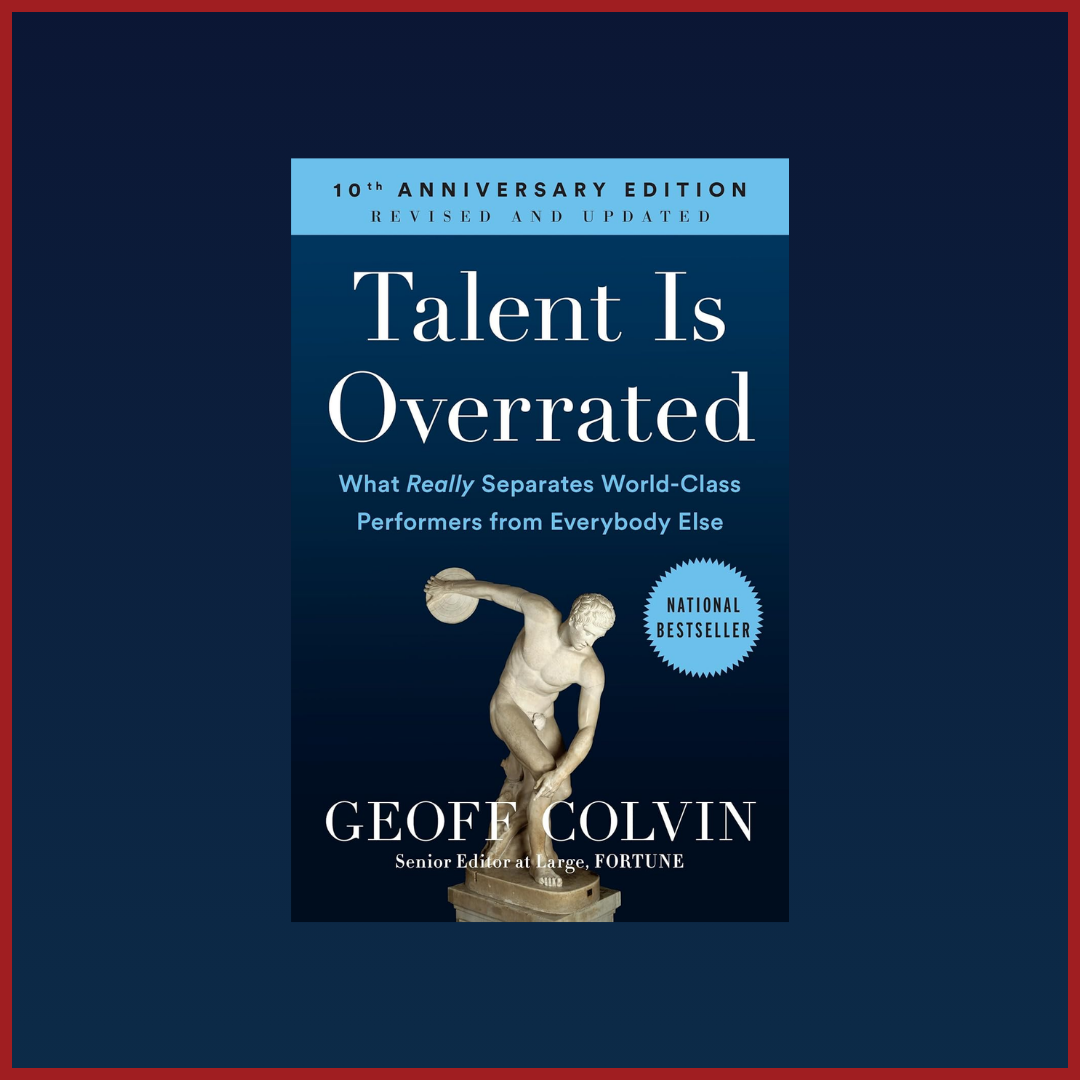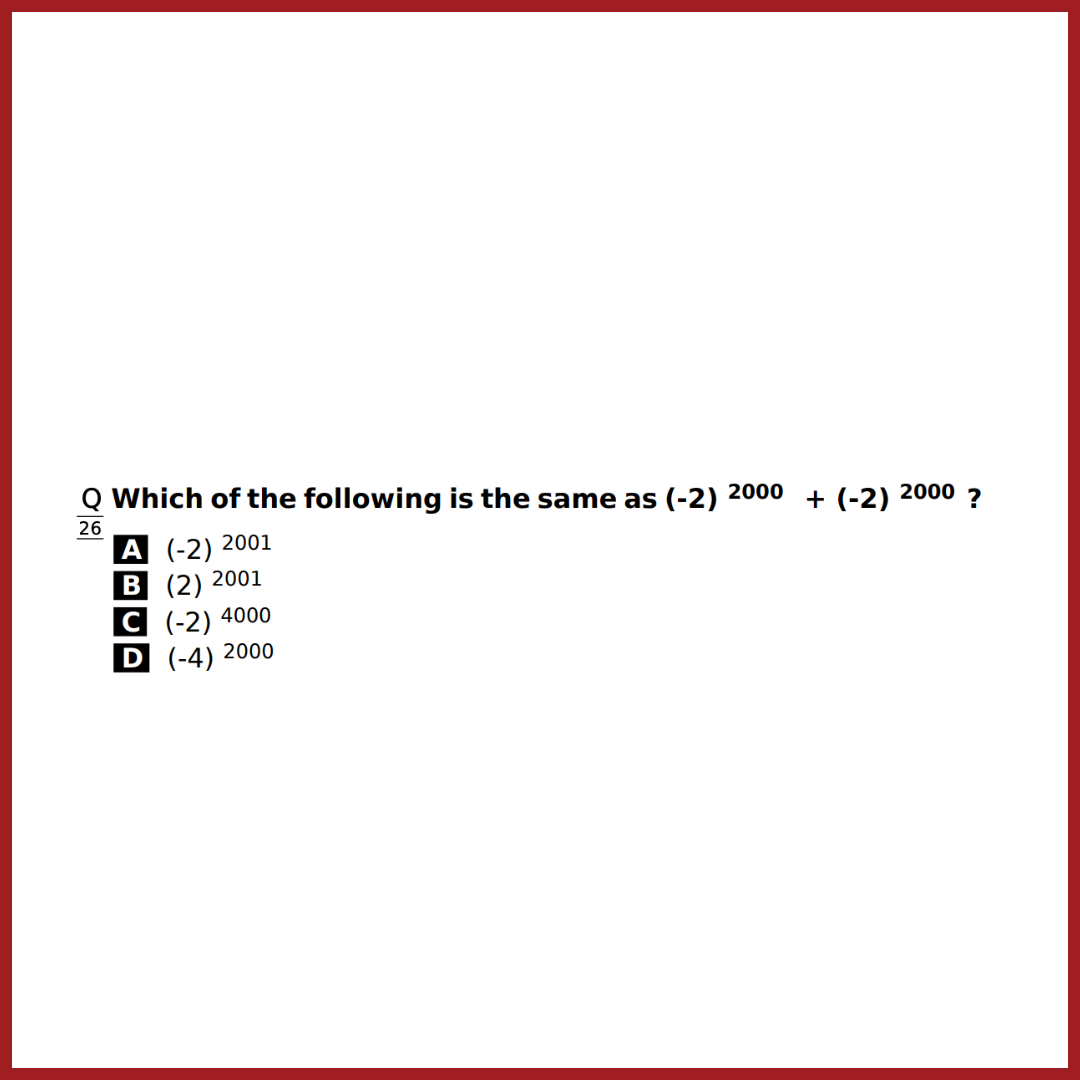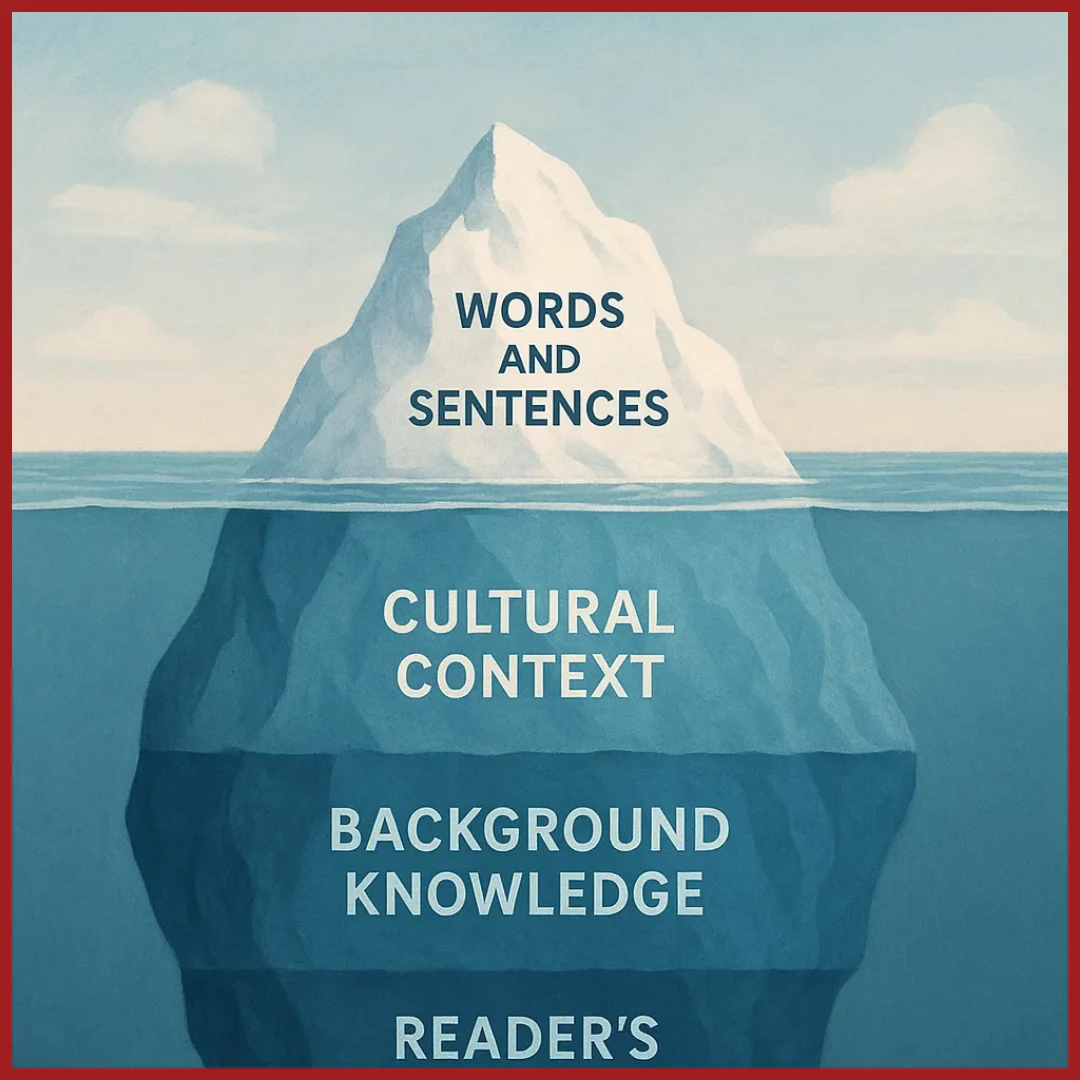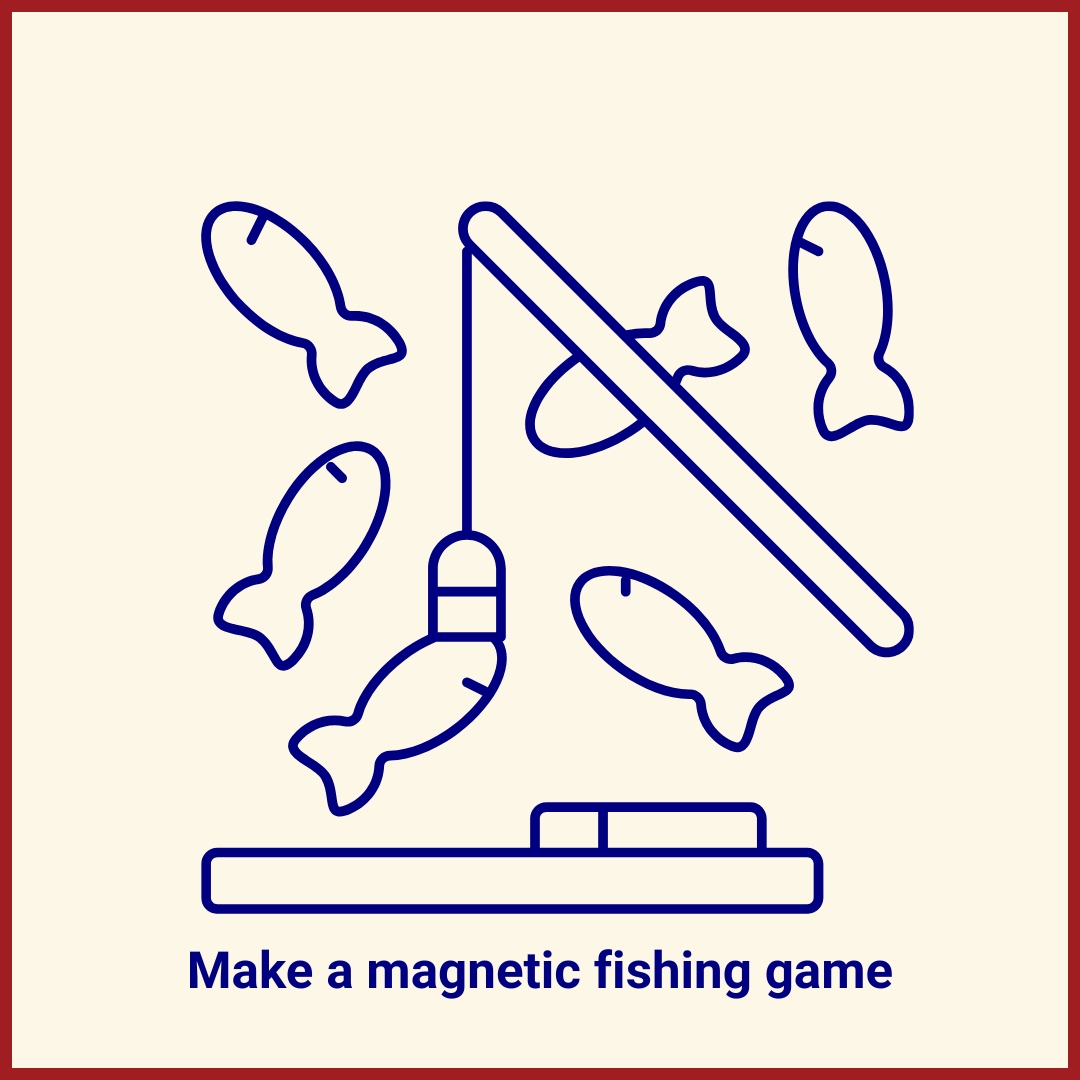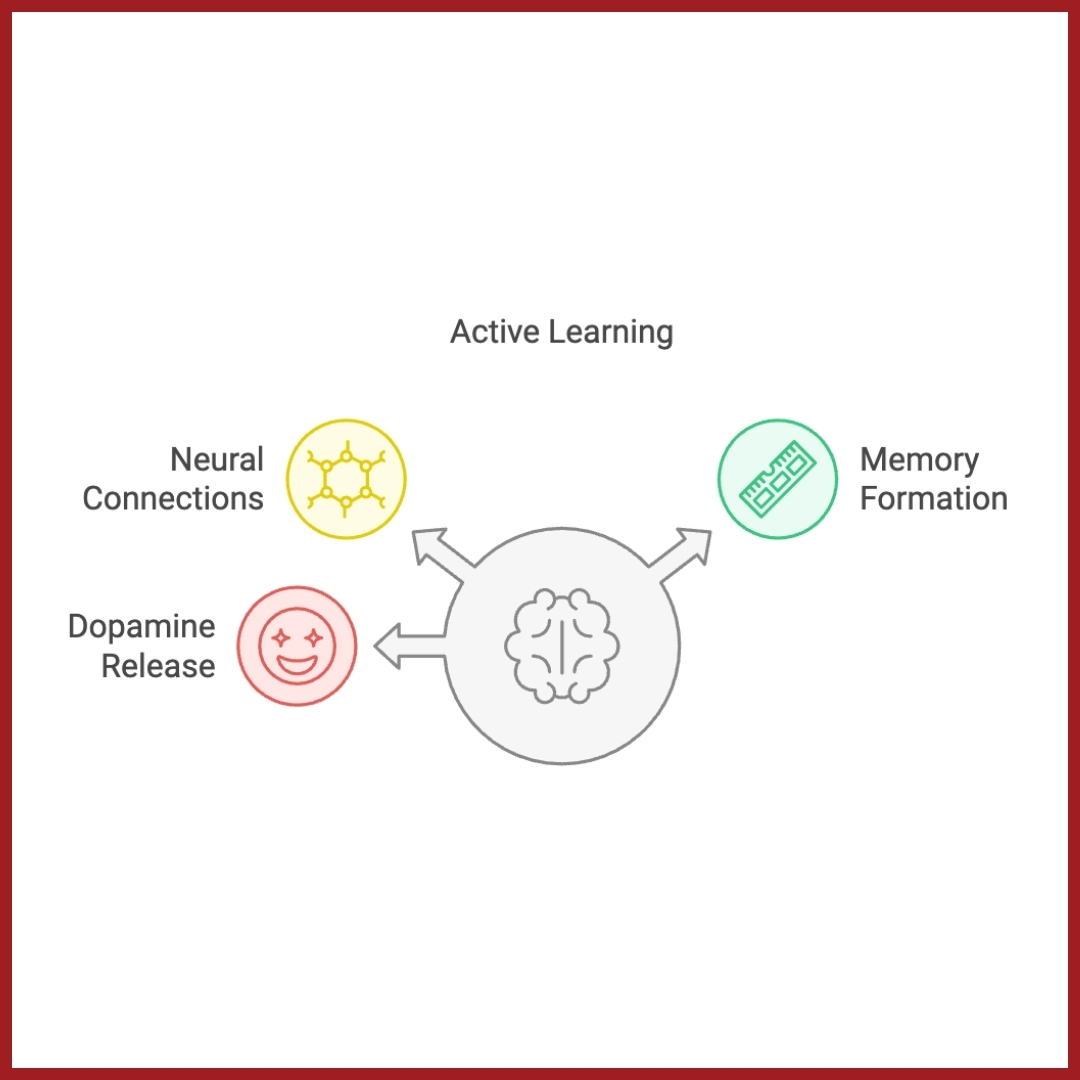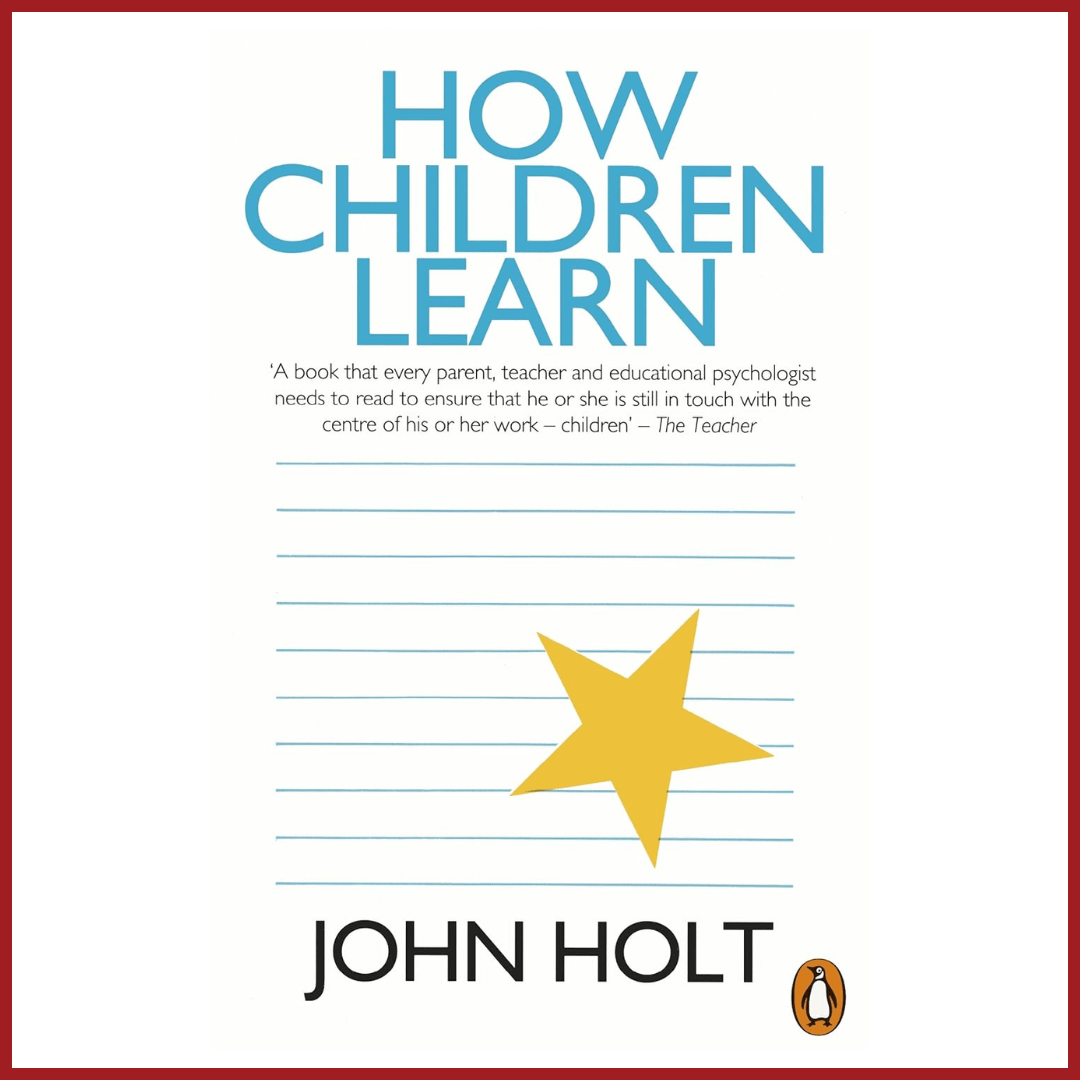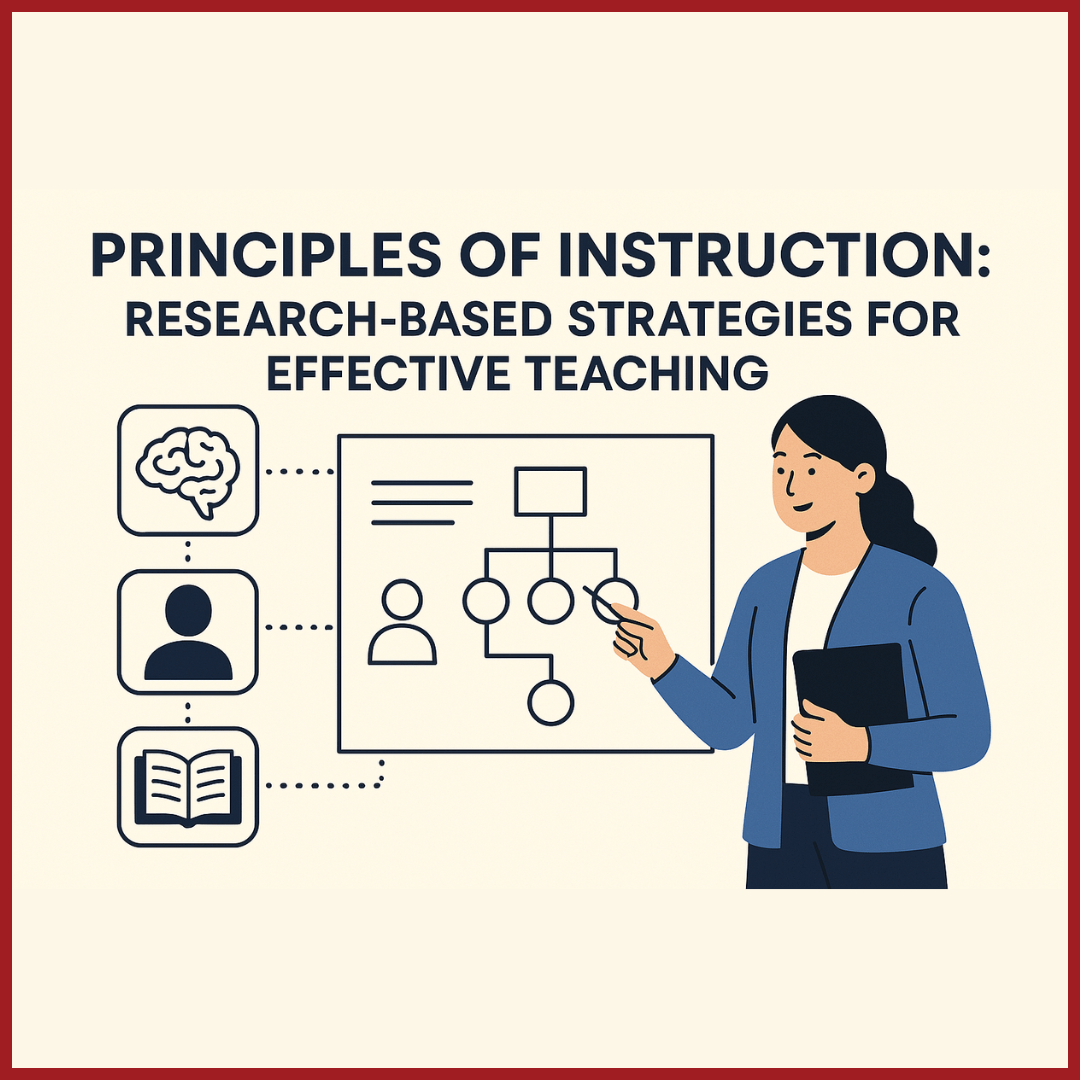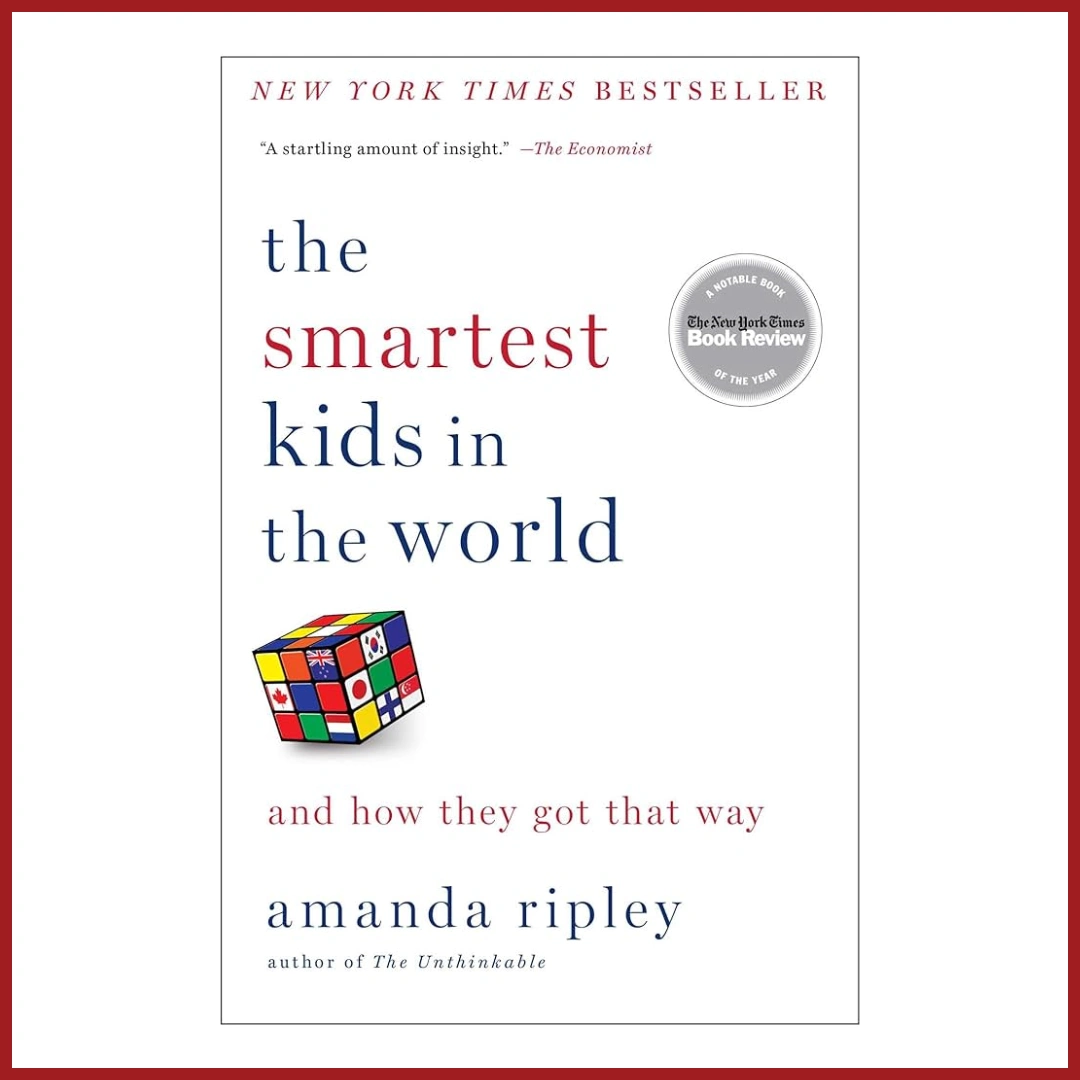Edition 04 | April 2025
Feature Article
Principles of Instruction: Research-Based Strategies
for Effective Teaching
Teaching is a dynamic process that blends creativity with proven methods.While every classroom and learner is unique, well-researched instruction frameworks can provide guiding principles to enhance teaching. One such framework is Rosenshine’s Principles of Instruction, grounded in three core areas:
- Cognitive Science
- Studies on master teachers
- Investigations into cognitive strategies that facilitate learning
Such evidence-based strategies provide educators with a roadmap for structuring lessons and delivering material in ways that optimise student engagement and understanding. Insights from cognitive science reveal how working memory processes information, while the practices of master teachers highlight techniques that lead to high student achievement. By applying these insights, teachers can transform their classrooms into environments where every learner thrives.
Let us understand these ten powerful principles, one at a time.
1. Begin each Lesson with a Short Review of Previous Learning
What Does Research Say?
Daily review makes it easier to recall what students learned before. Rosenshine (2012) shows that going over past material improves fluency and sets a good base for new ideas. Research also shows that doing this often helps balance the effects of “Forgetting Curve” (Ebbinghaus, 1885), so students keep important concepts in mind longer.
How Can a Teacher Use This?
Daily review makes it easier to recall what students learned before. Rosenshine (2012) shows that going over past material improves fluency and sets a good base for new ideas. Research also shows that doing this often helps balance the effects of “Forgetting Curve” (Ebbinghaus, 1885), so students keep important concepts in mind longer.
How Can a Teacher Use This?
- Start lessons with quick quizzes, short discussions, or visual mind maps.
- Example: In Mathematics, begin by solving a problem that uses a concept from yesterday’s class.
- Strengthens what they already know, making new learning less demanding.
- Builds confidence and helps them remember ideas for a long time.
2. Present New Material in Small Steps with Student Practice After Each Step
What Does Research Say?
Cognitive load theory (Sweller, 1994) suggests that presenting new content in smaller parts ensures that students’ working memories are not overwhelmed. Studies also show that breaking lessons into steps, followed by guided practice, leads to better learning outcomes.
How Can a Teacher Use This?
Cognitive load theory (Sweller, 1994) suggests that presenting new content in smaller parts ensures that students’ working memories are not overwhelmed. Studies also show that breaking lessons into steps, followed by guided practice, leads to better learning outcomes.
How Can a Teacher Use This?
- Teach complex skills in parts, demonstrating one step at a time.
- Example: In Science, teach each step of a lab technique in order before letting students practice.
- Keeps them from feeling overloaded and boosts confidence through small wins.
- Helps them build a strong conceptual foundation.
3. Ask a Large Number of Questions and Check Each Student’s Response
What Does Research Say?
Frequent questioning increases engagement and performance (Good & Grouws, 1979). Good questions help teachers check for students’ understanding, their ability to think critically, and catch errors early.
How Can a Teacher Use This?
Frequent questioning increases engagement and performance (Good & Grouws, 1979). Good questions help teachers check for students’ understanding, their ability to think critically, and catch errors early.
How Can a Teacher Use This?
- Use technology tools that let the whole class respond or methods like think-pair-share.
- Example: In Science ask “We’ve observed this chemical reaction. Which factors might affect the rate of reaction, and how can we test each one?”
- Keeps everyone active and builds critical thinking skills.
- Gives quick feedback and makes them feel more comfortable about speaking up.
4. Provide Models and Worked Examples
What Does Research Say?
Worked examples help lower mental effort and lead to better learning (Sweller, 1994). Showing students how to solve problems helps them understand both the steps involved and the reasoning.
How Can a Teacher Use This?
Worked examples help lower mental effort and lead to better learning (Sweller, 1994). Showing students how to solve problems helps them understand both the steps involved and the reasoning.
How Can a Teacher Use This?
- Demonstrate with think‐aloud problem‐solving or step‐by‐step written solutions.
- Example: In Writing, demonstrate how to structure an essay, paragraph by paragraph.
- Helps them clearly see what’s expected and learn different ways to solve tasks.
- Enables them to feel more confident and grow problem‐solving abilities.
5. Guide Student Practice
What Does Research Say?
Guided practice helps students learn better and remember more (Kirschner et al., 2006). This method lets them build correct understanding and avoids misconceptions.
How Can a Teacher Use This?
Guided practice helps students learn better and remember more (Kirschner et al., 2006). This method lets them build correct understanding and avoids misconceptions.
How Can a Teacher Use This?
- Give immediate feedback and use scaffolded exercises (gradually removing support).
- Example: In Physical Education, guide students closely as they practise a new skill.
- Improves procedural skills and builds independence step by step.
- Cuts down on mistakes and keeps them motivated.
6. Obtain a High Success Rate
What Does Research Say?
Aiming for about 80% success in the tasks is best for learning (Anderson & Burns, 1987). This way, tasks are challenging but still let students experience success, which boosts confidence.
How Can a Teacher Use This?
Aiming for about 80% success in the tasks is best for learning (Anderson & Burns, 1987). This way, tasks are challenging but still let students experience success, which boosts confidence.
How Can a Teacher Use This?
- Adjust teaching and tasks to match different levels, and give enough support when needed.
- Example: In Mathematics, offer tasks at varied difficulty levels.
- Raises motivation and belief in their own abilities.
- Lowers anxiety and encourages them to keep trying.
7. Provide Scaffolding for Difficult Tasks
What Does Research Say?
Scaffolding helps students tackle challenging material by breaking it into manageable steps and providing short, targeted supports—‘brief aids,’ such as hints, prompts, or partial solutions—that guide them to the next step. Studies show that this helps them solve problems and think more critically.
How Can a Teacher Use This?
Scaffolding helps students tackle challenging material by breaking it into manageable steps and providing short, targeted supports—‘brief aids,’ such as hints, prompts, or partial solutions—that guide them to the next step. Studies show that this helps them solve problems and think more critically.
How Can a Teacher Use This?
- Give the students graphic organisers, sentence starters, or step‐by‐step guides.
- Example: In Science, offer a template for writing lab reports.
- Boosts their confidence and lowers frustration.
- Lets them solve problems on their own over time.
8. Require and Monitor Independent Practice
What Does Research Say?
Doing work on their own helps students use their knowledge in new ways. Research also shows that students who practise independently do better on exams.
How Can a Teacher Use This?
Doing work on their own helps students use their knowledge in new ways. Research also shows that students who practise independently do better on exams.
How Can a Teacher Use This?
- Assign homework or in‐class tasks to strengthen new ideas.
- Example: In Language Arts, assign independent reading along with short reflection questions.
- Builds self‐confidence and deepens what they know.
- Prepares them to apply their skills outside the classroom.
9. Engage Students in Weekly and Monthly Reviews
What Does Research Say?
Regular reviews over weeks and months reinforce learning. Research shows that spaced repetition helps learners remember better than when studying everything at once.
How Can a Teacher Use This?
Regular reviews over weeks and months reinforce learning. Research shows that spaced repetition helps learners remember better than when studying everything at once.
How Can a Teacher Use This?
- Hold short quizzes each week or a recap session every month.
- Example: In Social Studies, use timeline exercises to revisit main events.
- Strengthens memory and ties topics together.
- Creates a strong base for advanced ideas.
10. Foster a Growth Mindset
What Does Research Say?
A growth mindset urges students to see challenges and mistakes as chances to learn. Carol Dweck’s work shows that students with this mindset do better in school.
How Can a Teacher Use This?
A growth mindset urges students to see challenges and mistakes as chances to learn. Carol Dweck’s work shows that students with this mindset do better in school.
How Can a Teacher Use This?
- Praise how hard they work, not just how ‘smart’ they are. Resilience should be emphasised.
- Example: In Art, celebrate steady skill growth rather than perfect results.
- Builds resilience and a genuine love of learning.
- Encourages them to take risks and be more creative.
Conclusion: Empowering Teachers, Enriching Learning
Teaching is both an art and a science. These principles provide a framework to enhance your existing practices while making your teaching more effective and manageable. Start small—perhaps by implementing one principle at a time—and observe how it transforms your classroom dynamics.
Moving Forward: Next steps as a teacher
Moving Forward: Next steps as a teacher
- Self-Reflection: Identify strengths and areas for growth.
- Community Support: Connect with colleagues to share strategies.
- Documentation: Keep a teaching journal to track progress.
- Student Feedback: Involve students in the process for valuable insights.
Remember, good teaching isn’t about perfection—it’s about progression. Every small step toward implementing these principles is a step toward better student outcomes and more fulfilling teaching experiences.
Are these principles already part of your teaching toolkit?
We’d love to hear your story!
Share how you bring these principles to life in your classroom and inspire fellow educators. Write to us at prakhar.ghildyal@ei.study and tell us about your unique teaching journey
References used in the article:
- Rosenshine, B. (2012). Principles of Instruction: Research-Based Strategies That All Teachers Should Know. American Educator, 36(1), 12-19.
- Ebbinghaus, H. (1885). Memory: A Contribution to Experimental Psychology.
- Sweller, J. (1994). Cognitive Load Theory, Learning Difficulty, and Instructional Design. Learning and Instruction, 4(4), 295-312.
- Good, T. L., & Grouws, D. A. (1979). The Missouri Mathematics Effectiveness Project: An Experimental Study in Fourth-Grade Classrooms. Journal of Educational Psychology, 71(3), 355-362.
- Kirschner, P. A., Sweller, J., & Clark, R. E. (2006). Why Minimal Guidance During Instruction Does Not Work: An Analysis of the Failure of Constructivist, Discovery, Problem-Based, Experiential, and Inquiry-Based Teaching. Educational Psychologist, 41(2), 75-86.
- Anderson, L. M., & Burns, R. B. (1987). Values, Evidence, and Mastery Learning. Review of Educational Research, 57(2), 215-223.
Glossary
These concepts are integral to effective teaching and learning strategies:

Forgetting Curve: A model illustrating how memory retention declines over time without reinforcement, with the most rapid loss occurring shortly after learning.

Cognitive Load Theory: A framework describing the strain on working memory during learning, categorising it into intrinsic (task complexity), extraneous (poor instructional design), and germane (effort in understanding) loads.

Formative Assessment: Ongoing evaluations during the learning process that provide immediate feedback to adjust teaching and enhance student understanding.

Scaffolding: Temporary instructional support that is gradually removed as students develop independence in mastering new concepts or skills.

Worked Examples: Step-by-step demonstrations of problem-solving processes, designed to help learners grasp both the methods and underlying principles.

Retrieval Practice: A learning strategy involving active recall of information to strengthen memory and improve long-term retention, also known as the testing effect.
Enjoyed the read? Spread the word
Interested in being featured in our newsletter?
Write to us here.
Feature Articles
Join Our Newsletter
Your monthly dose of education insights and innovations delivered to your inbox!
powered by Advanced iFrame



